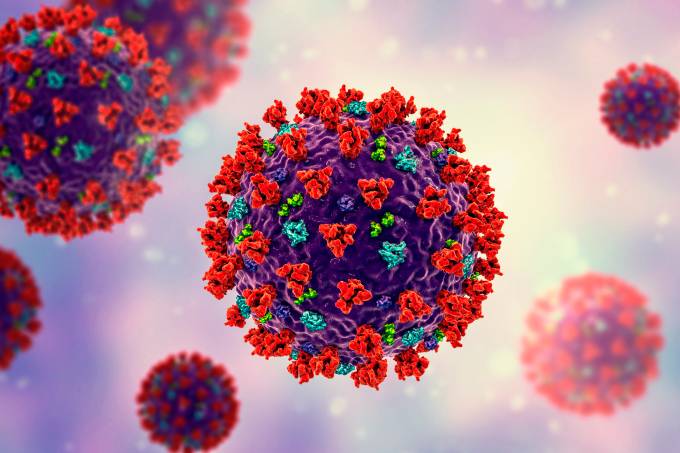Protocol Detail


ACUTE LIMB ISCHAEMIA
Acute limb ischaemia (ALI) occurs when there is a sudden lack of blood flow to a limb. Acute limb ischaemia is caused by embolism or thrombosis, or rarely by dissection or trauma.
Diagnosis
Classic presentation is with “The 6 P’s”:
· Pain
· Pallor, cyanosed or mottled appearance,
· Parasthesia,
· Perishing cold,
· Pulseless (or reduced pulses),
· Paralysis.
Time of onset is critical
Fixed mottling implies irreversibility.
Acute occlusion results in features of ischaemia secondary to the absence of formation of collaterals.
Causes include Trauma, Embolism & Thrombosis.
Immediate treatment is crucial if the limb and its function is to be preserved
Management
Notify Medical Officer at earliest opportunity
1. Position limb at level of torso,
2. FBC, U&E’s, LFT’s, Coagulation profile, cross match 2 units
3. Aterial blood gases
4. Urinalysis (looking for myoglobin),
5. ECG (?AF),
6. Bedside Doppler studies if available,
7. CXR,
8. Oxygen,
9. Adequate IV analgesia,
10. Commence IV Heparin after discussion with Medical Officer or Surgical team,
11. Nil by mouth,
12. Consider urgent referral for angiography or surgical intervention.









